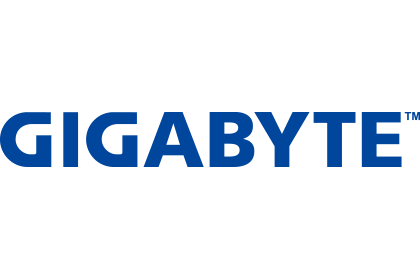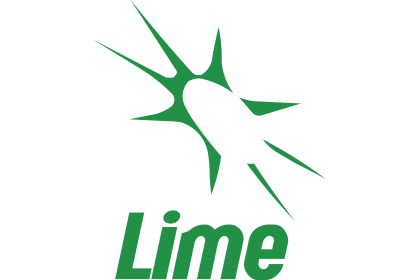Introduction
The 5G era is upon us. This next generation of mobile communication technology — featuring high bandwidth, low latency and massive connectivity — enables IoT at scale and will revolutionize the way that both people and smart devices communicate.
GIGABYTE and Lime Micro's LimeNET CrowdCell provides the most flexible and future-proof solution for 5G communication. It is low cost, low power consumption, small form factor and deployed with unprecedented ease, to extend coverage and increase capacity of indoor and remote networks alike, while utilizing three key features of 5G to deliver a step change in user experience.
User Scenario
Challenges of Implementing 5G
5G - the next generation of mobile telecommunications technology, is on the horizon and promises to deliver a myriad of new services and capabilities such as Enhanced Mobile Broadband (eMBB), Ultra Reliable Low-Latency Communications (URLLC) and Massive Machine-Type Communications (mMTC). A new band of the radio frequency spectrum between 30 – 300GHz has been opened for use, and a new telecommunications standard for 5G has been defined encompassing network speed, latency, the number of devices that can be connected, QoS and other conditions.
However, 5G signals use higher frequency radio waves, meaning that the signal strength will decrease further with distance and the transmission range is more limited. Traditional base stations are costly and difficult to deploy, due to scarce land resources and planning complexities. Therefore, 5G small cells will become the optimal solution for network communication.
However, 5G signals use higher frequency radio waves, meaning that the signal strength will decrease further with distance and the transmission range is more limited. Traditional base stations are costly and difficult to deploy, due to scarce land resources and planning complexities. Therefore, 5G small cells will become the optimal solution for network communication.
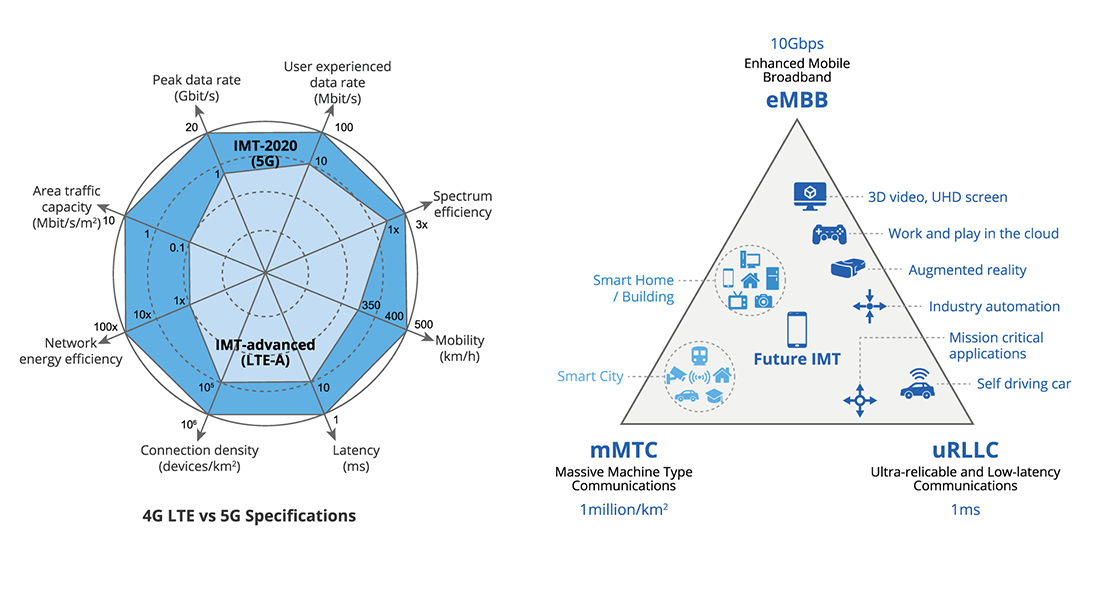
4G LTE vs. 5G and Usage Scenarios
Features of GIGABYTE & Lime Micro's 5G CrowdCell
Extendable Network Topology
Network Throughput Enhancement
Reduction of OPEX
Enables Network as a Service Platform
Enables Numerous Applications
Extendable Network Topology
・CrowdCell can be used to extend the current coverage, dynamically distribute and increase network capacity through data caching.
・Architecturally, CrowdCell is an eNB that is backhauled through the macro BTS network.
・To the end users, the CrowdCell looks like an eNB, but to the macro network, it looks like a UE using a SIM to identify itself to the network.
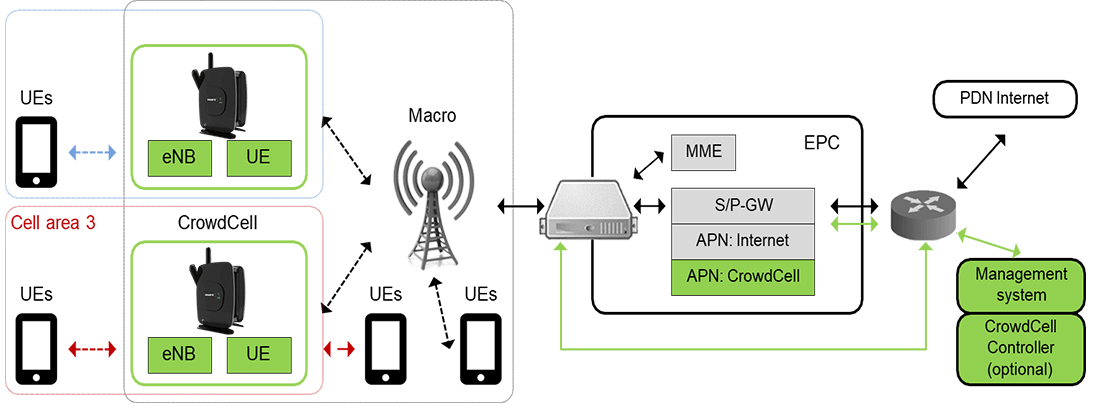
Extendable Network Topology
Network Throughput Enhancement
・ CrowdCell extends coverage improving customer experience, offering high throughput
・ CrowdCell improves ease of use and reduces OPEX. It requires no cables, no rentals with very low energy bills
・ CrowdCell improves ease of use and reduces OPEX. It requires no cables, no rentals with very low energy bills
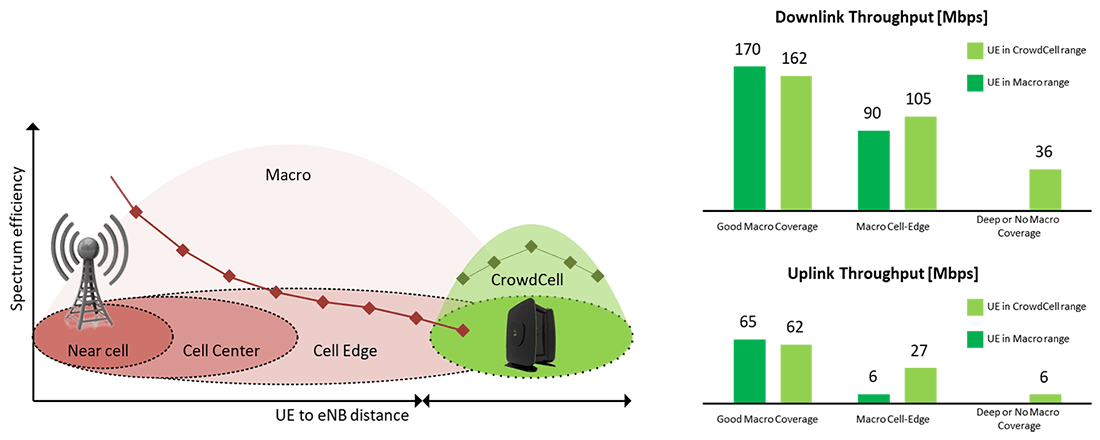
Network Throughput Enhancement
Enables Network as a Service Platform
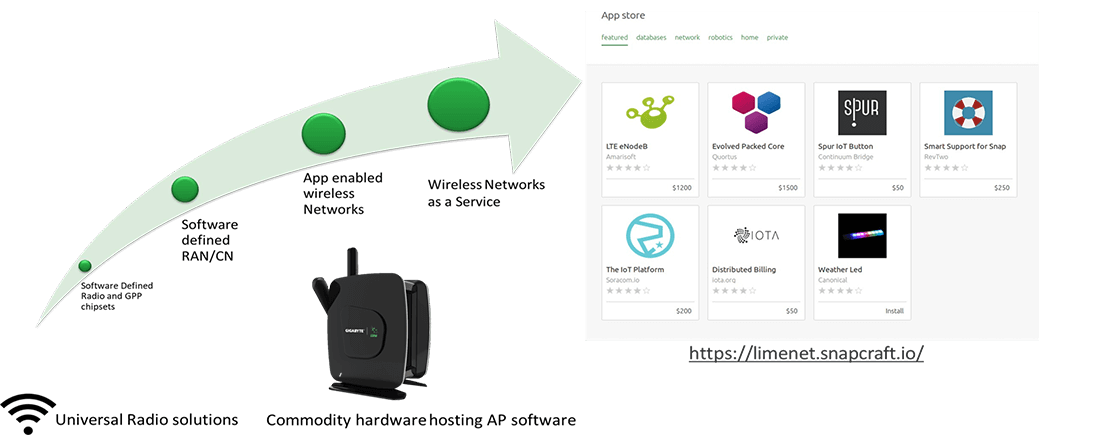
Enables Network as a Service Platform
Enables Numerous Applications
・It enables a significant number of applications, covering a diverse set of use cases.
・It is the only platform backed by numerous developer communities who can provide dedicated applications.
・It is the only platform backed by numerous developer communities who can provide dedicated applications.



